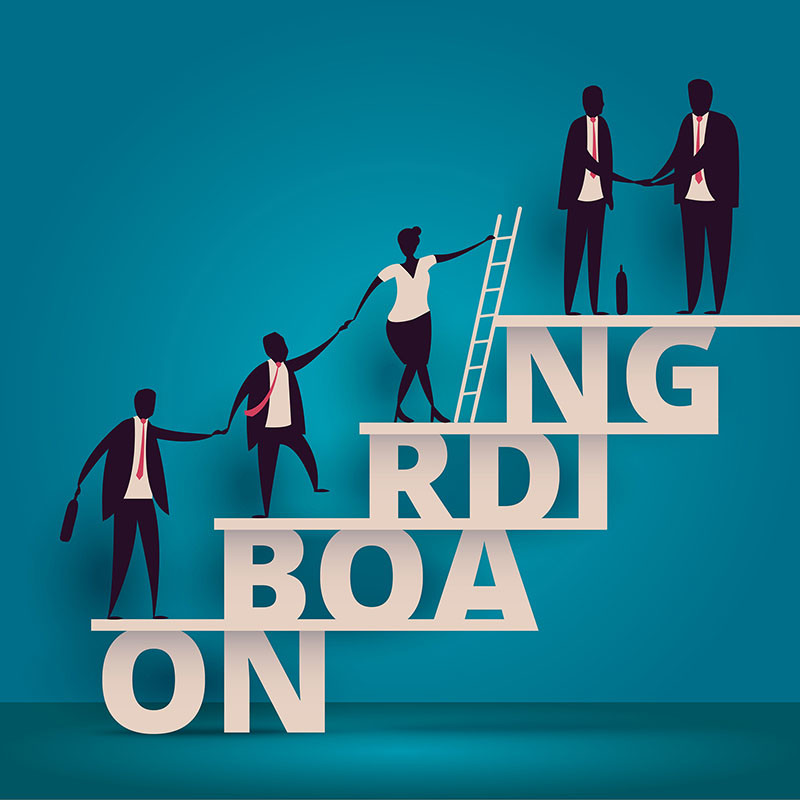On boarding practices in FMCG industry or other industry
On boarding practices in FMCG industry or other industry
Onboarding
practices vary across different industries and companies, but generally,
onboarding in the FMCG (Fast-Moving Consumer Goods) industry or any other
industry involves introducing new employees to the organization, its culture,
and the work they will be doing
·
Pre-boarding: This is the process of communicating
with new hires before their first day of work. It may include sending welcome
messages, paperwork, and orientation materials to familiarize them with the
company.
·
Orientation: This is the initial stage of
onboarding where new employees are introduced to the company's mission, vision,
values, and culture. They may also learn about their job responsibilities,
performance expectations, and the company's policies and procedures.
·
Training: This is the process of teaching
new hires the skills they need to perform their job effectively. This may
involve classroom training, on-the-job training, or e-learning modules.
·
Buddy system: Pairing new hires with a
more experienced employee, known as a buddy, can help them acclimate to the
organization quickly. The buddy can answer questions, provide guidance, and
serve as a mentor to the new hire.
·
Feedback and evaluation: Regular feedback
and evaluation can help new employees identify areas where they need to improve
and stay on track. This can also help them feel valued and motivated to
succeed.
·
Socialization: Encouraging new employees
to interact with their colleagues and participate in social activities can help
them feel more comfortable and integrated into the company culture.
Overall,
effective onboarding practices in the FMCG industry or any other industry can
help new employees feel welcomed, prepared, and motivated to contribute to the
organization's success
Here
are some additional onboarding practices that are commonly used in the FMCG
industry or other industries:
· Clear communication: It is important to
communicate clearly and frequently with new employees during the onboarding
process. This can include providing regular updates, answering questions
promptly, and setting expectations.
· Employee handbook: Providing an employee
handbook can help new hires understand the company's policies, procedures, and
expectations. It can also serve as a reference guide for employees throughout
their tenure with the company.
· Goal-setting: Setting clear goals for new
employees can help them understand what is expected of them and stay focused on
their priorities. This can also help managers track progress and provide
feedback.
· Company tour: Giving new hires a tour of
the company's facilities can help them feel more connected to the organization
and understand its operations.
· Benefits overview: Providing an overview
of the company's benefits package can help new hires understand the perks of
working for the organization and make informed decisions about their health and
retirement benefits.
· Performance management: Regular check-ins
with managers can help new employees understand how they are performing and
what they can do to improve. This can also help managers provide feedback and
coaching.
· Technology training: Providing training on
the company's technology systems and tools can help new hires become more
productive and efficient in their work.
· Culture and values: Onboarding should also
focus on introducing new hires to the company's culture and values. This can
include sharing stories, examples, and testimonials that demonstrate how the
company lives out its values in practice.
Overall,
effective onboarding practices in the FMCG industry or any other industry
should be tailored to the company's specific needs and goals
In
conclusion, effective onboarding practices are crucial for the success of new
employees in the FMCG industry or any other industry. Onboarding practices vary
depending on the company's size, culture, and goals, but they all share the
common goal of introducing new hires to the organization and setting them up
for success. Effective onboarding practices should include pre-boarding
communication, orientation, training, feedback and evaluation, socialization, and
goal-setting. It is also important to communicate clearly, provide an employee
handbook, give a company tour, offer an overview of benefits, focus on culture
and values, and provide technology training. By investing in effective
onboarding practices, companies can help new hires feel valued, motivated, and
prepared to contribute to the organization's success.
References
Rollag, K., Parise, S., & Cross, R. (2005).
Getting new hires up to speed quickly. MIT Sloan Management Review, 46,
35-41.
Watkins, M. (2003). The first 90 days. Boston, MA:
Harvard Business School Press
Krauss, A. D. (2010). Onboarding the hourly
workforce. Poster presented at the Society for Industrial and Organizational
Psychology (SIOP), Atlanta, GA
Martin, K., & Lombardi, M. (2009). Fully
on-board: Getting the most from
your talent in the first year. Boston, MA: Aberdeen
Group
Bauer, T. N., Bodner, T., Erdogan, B., Truxillo, D.
M., & Tucker, J. S. (2007). Newcomer adjustment during organizational
socialization: A meta-analytic review of antecedents, outcomes and methods.
Journal of Applied Psychology, 92, 707-721; Cable, D. M. & Parsons, C. K.
(2001).



You did an excellent job of demonstrating how companies may foster success by knowing and managing the employee life cycle from onboarding to exit during an individuals personal tenure with a company.
ReplyDelete